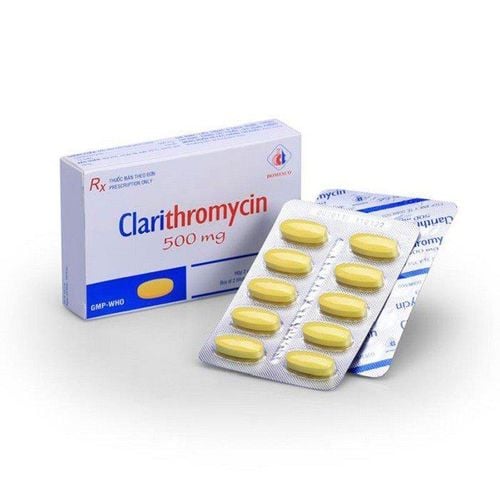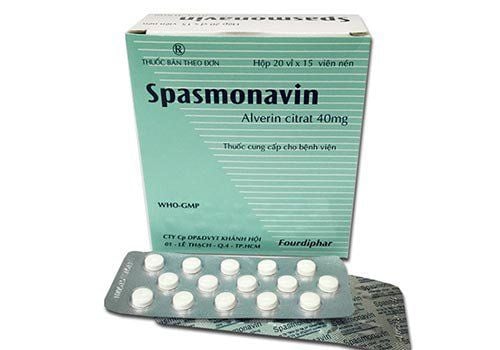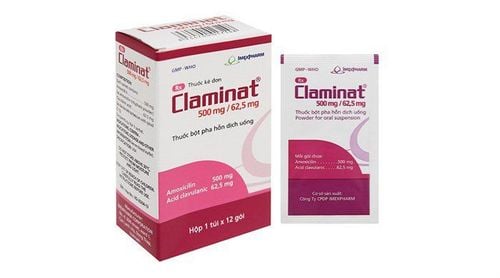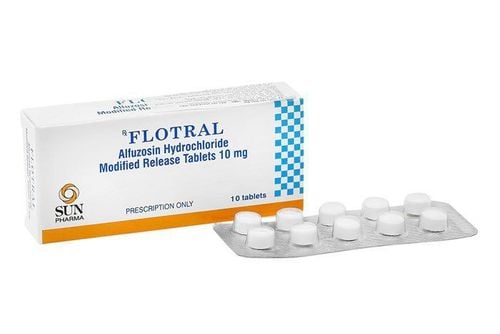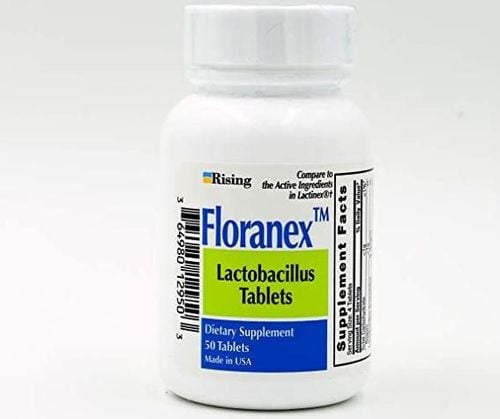This is an automatically translated article.
Bidicarlin is a drug used in the treatment of infections caused by susceptible bacteria such as upper and lower respiratory tract infections, skin and soft tissue infections,... In addition, the drug is also indicated. intended to be used in some other cases that you can refer to in the article below.1. What are the effects of Bidicarlin?
Bidicarlin is known in two main forms, Bidicarlin 1.6 and Bidicarlin 3.2. The main ingredients of the drug are active ingredients Ticarcillin (as ticarcillin disodium) and clavulanic acid (as potassium clavulanate).In this ingredient list, Ticarcillin is an ingredient that has the ability to kill bacteria in the body, so it often appears in medicines to treat many different infections caused by bacteria, typically urinary tract infections. urinary tract infections, bone and joint infections, severe vaginal infections, especially stomach and skin infections. With clavulanic acid, which is a natural beta-lactamase inhibitor produced from fermented Streptomyces, often used together with a number of other active ingredients to create drugs capable of treating diseases infection.
2. Indications and contraindications
2.1. Point
Bidicarlin is indicated for use in the following cases:Patients with upper and lower respiratory tract infections. People diagnosed with skin and soft tissue infections. Patients with urinary tract and genital tract infections. The patient had myelitis, bacteremia, peritonitis, and a case of mixed infection after surgery.
2.2. Contraindications
Bidicarlin should not be used in patients with a history of allergy to any of its ingredients. Contraindicated in patients allergic to penicillin and other beta-lactams. People with a history of liver failure due to penicillin group, mononucleosis are also not suitable to use this drug.3. Usage and dosage
Bidicarlin is given by intravenous infusion by a doctor or nurse. Therefore, patients are absolutely not allowed to self-medicate at home.The recommended dose of Bidicarlin for use is as follows:
Dosage for common infections: Use the drug for intravenous injection 3.1g / every 4 hours. Patients need to take the drug for 3 to 4 weeks, depending on the nature and severity of the infection. Dosage for patients with endometritis: For patients with moderate infection: Use Bidicarlin for intravenous injection 50mg/kg (calculated as ticarcillin) every 6 hours. For patients with severe infections: Use Bidicarlin intravenously 50mg/kg (calculated as ticarcillin) every 4 hours. Patients need to continue taking the drug for at least 24 hours after the fever, pain and white blood cell count have normalized. In case the patient has a late postpartum Chlamydia infection (who has stopped breastfeeding), the patient can use the drug for up to 14 days. Dosage for children: Usual dose for children: Use the drug at a dose of 80mg Bidicarlin 3.2g/kg body weight, used every 8 hours. It should be noted that the maximum dose for children is 80mg of Bidicarlin 3.2g/kg body weight, every 6 hours. In addition, the dose for children should not exceed the maximum recommended adult dose. For premature babies < 2 kg body weight: Use the drug at a dose of 80mg Bidicarlin 3.2g/kg body weight every 12 hours.
4. Side effects
The use of Bidicarlin has the potential to cause some of the following side effects:Mild diarrhea, flatulence, abdominal pain, nausea or vomiting. Joint or muscle pain, headache, skin rash or itching. There is pain, swelling, or burning at the injection site. In women there may be a vaginal yeast infection (itching or discharge). In some cases, serious side effects may occur:
Watery or bloody stools. Blood in the urine, difficulty urinating, painful urination. Easy bruising or bleeding on the skin, unusual weakness. Dry mouth , thirst , muscle pain or weakness , tachycardia , feeling lightheaded , sometimes the patient faints . Fever, sore throat, chills, body aches, flu symptoms, convulsions.
5. Drug interactions
Bidicarlin has the potential to interact with some drugs, so patients should inform their doctor about the list of drugs currently taking such as:Bidicarlin interacts with anticoagulants (such as heparin, warfarin) increasing the risk of bleed. Do not take it with Probenecid because it may increase the risk of side effects. Do not take with tetracycline antibiotics such as doxycycline because these drugs can reduce the effect of Bidicarlin. Do not take Bidicarlin with Methotrexate e because the risk of Methotrexate side effects may be increased. Aminoglycoside antibiotics such as gentamicin, mycophenolate, or oral contraceptives are less effective when taken with Bidicarlin.




